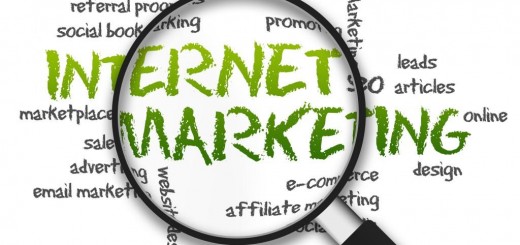3 ways in which retargeting can be advantageous
What does the future promise for programmatic? Here is an attempt to extract some signals from the noise, by concentrating on one piece of gold, re-targeting.
Between the glut of poorly understood tri-fanged acronyms (RTB, DSP, DMP, DCO) and lack of transparency in costs involved in the ‘bid’ system, programmatic has yet to really deliver on the greater transparency and efficiency promised.
Despite limited spends across the globe, marketers in the USA seem to be gradually warming up to the idea. According to research firm IDC, around 20 per cent of online display advertisements in America are now sold through programmatic and by 2018, this figure is likely to rise to 50 per cent. Online video and mobile ads are also increasingly traded in real time.
The big shiny nugget to drive growth in the programmatic market is retargeting, which is broadly defined as an audience identified through cookie based measurement of previous behavior on an advertiser’s website.
We know the importance of keeping a customer ‘live’ once they have had an interaction with a brand. So how does retargeting fit in the programmatic equation? Here are three ways it can be really advantageous…
#1. One single contact
Classical retargeting is fragmented with spends and cookie pools being fundamentally driven by media owner and/or supply side pressure. It is here that brands can shine, and embrace the power of real time bidding. By managing all their audiences across a single identity, across multiple devices, brands have the ability to collate results and information into one unified marketing statistic, ending complexity in this critical area.
Tech tools such as Havas Media Meta-DSP allow brands to take advantage of the best technology available to reach out and relate to people with greater speed in a more tailored environment than ever before.
#2. Holistic planning
Programmatic and the ‘live’ data it produces is allowing agencies to move from media planning to audience planning. For too long we have relied on media and behavioural habits from systems that use ‘claimed’ data. With the use of a Meta DSP we can now account more for upstream marketing events.
We can now provide real-time segmentation of our audience on this data, not only what content they prefer but what actions they take, especially around sale.
#3. Beta-mode
The rise of real-time bidding is not just critical because of interactions between people and their PC or mobile. As more devices become connected to the internet – television sets, radio, and outdoor panels – the market for biddable media will increase dramatically. Ad-supported media will change dramatically over time, and the learning we garner from programmatic buying online will expedite the transition process for marketers where re-targeting will have significant impact particularly on how we buy TV.
For all the interest from brands bringing programmatic in-house, the real advantage of the system, retargeting, can only be bought via a DSP from an Ad Exchange, and here their dependence on the DSP is absolute.
The write up is part of the DMA Annual Report ‘What’s Trending 2015‘.
To book your own hard copy of the Annual, write to marketing@digitalmarket.asia



